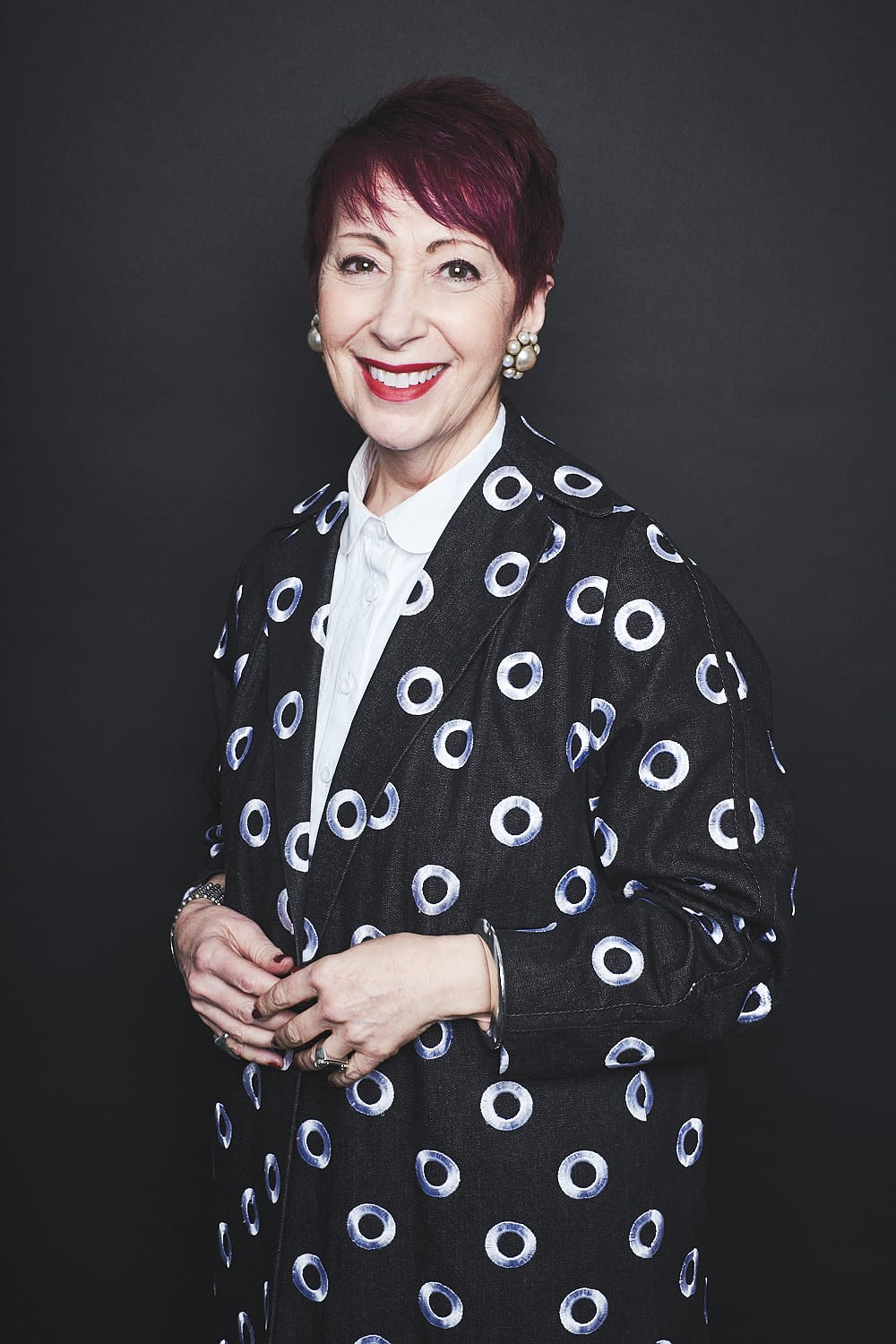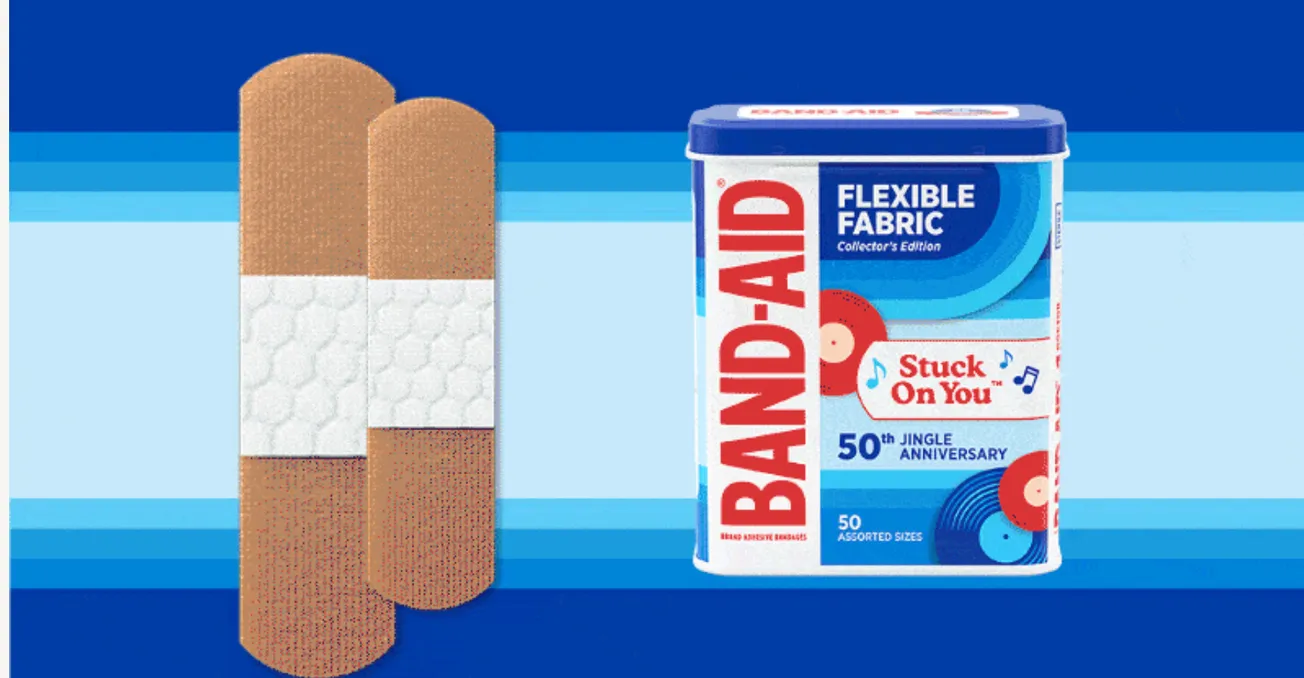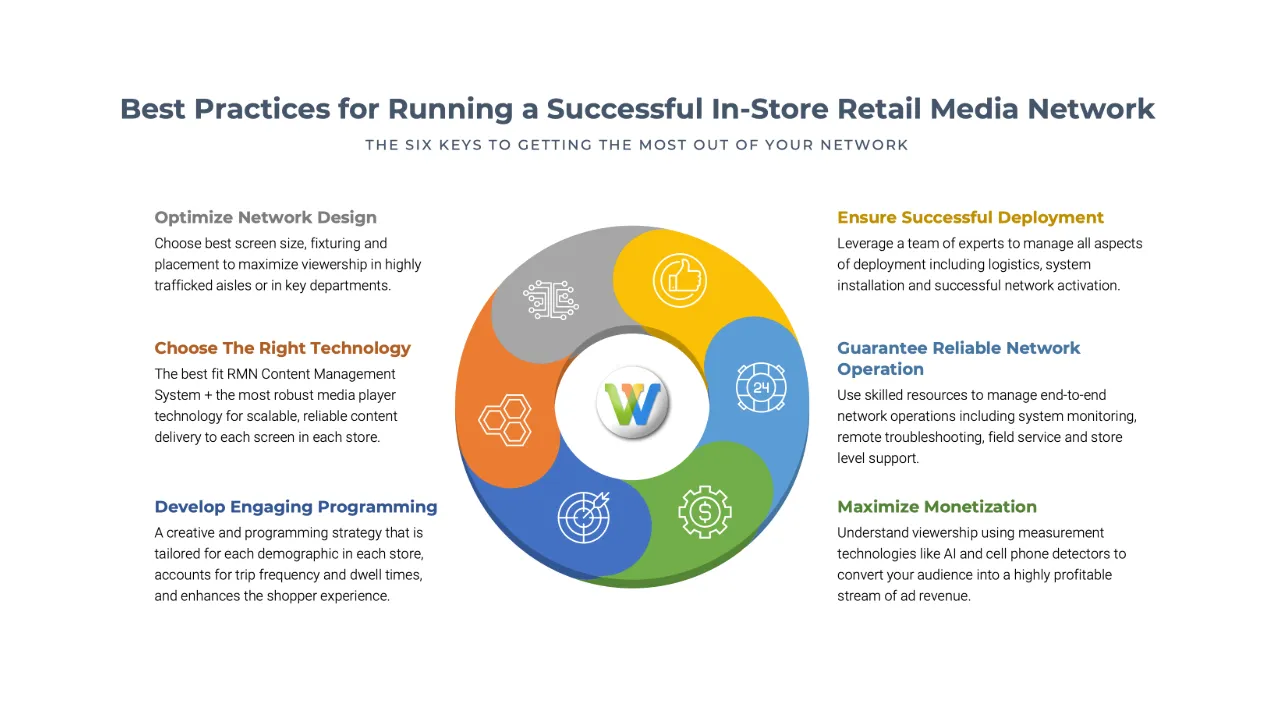Table of Contents
It’s hard to miss the heightened shopper interest in health and wellness these days. In our recent “How America Shops” study, The Big Business of WELL, many shoppers showed they are committed to being well: 42% said that while it costs more to “live healthy,” it’s worth it.

Wendy Liebmann
The study reveals they are willing to embrace new approaches to living healthier lives. In fact, their expectations are that every product and service they buy will help them be well. This goes way beyond traditional categories of food, nutrition, medications and doctors.
No surprise then that retailers of all stripes and sizes (from drug chains to grocers, from mass merchants to online pure plays, from specialty stores to department stores) are building new concepts, and adding new products, categories and services in the wellness arena.
Hardly a day goes by that we don’t read about the hot new CBD products, or products that are “free from” harmful ingredients, or organic, or new services (some weird, some wonderful) from vitamin infusions (intravenous drips) to at-home teeth straightening and treatments like cryotherapy.
This fast-growing Big Business of WELL (as we call it) is now reported to be $4.2 trillion globally, as people continue to move away from “take a pill to cure” and toward “spending money to stay healthier.”
Our research lays it out: 27% of shoppers told us they are taking less medication in favor of alternative care. This is reflected in the foods they buy, the clothes they wear and the specialists they see. Spending on wellness is moving in new directions. Water is the No. 1 healthy “food” indicated in our U.S. research. (No surprise then that beverage brands like Dirty Lemon, infused with ingredients such as collagen, charcoal, maccha, valerian and CBD, can be bought through subscription and delivered to your door for only $10 a bottle. Or you can buy it in a vending machine.)
(click to enlarge)
Other findings from the study include:
• 35% are spending more to stay well today than a year ago. Among Millennials the figure rises to 40% and Generation Z, 45%.
• 24% of all shoppers said they use natural remedies rather than modern medication.
• 31% buy products that make them look healthier.
• 64% wear comfortable shoes and clothing as a way to maintain good health.
Do retailers care? Not really
However, as many immerse themselves in ways to be healthier, few believe retailers genuinely care about their health. That’s partly because traditional health care retailers are not moving fast enough or being bold enough in the swiftly growing new, and nontraditional, wellness ecosystem.
Simply stocking healthier choices is not enough. True, shoppers want to be led to wholesome solutions (bold displays of healthier options) and encouraged to buy them (with sales, rewards points, whatever you have in your incentive arsenal). However, most retailers are not doing that in a way that shouts to shoppers, “We want to help you to be healthier … the way you want to be healthier.”
It’s not enough to say you’ve been providing health care for decades, or that you no longer carry cigarettes, or that you have an aisle or three of organic food options. All of these retail moves fall flat with shoppers when the store doors open to end-caps stocked high with artificial chips and sugar bombs. Or when you don’t recognize that shoppers approach wellness in much broader terms today — from clothing to travel to services to technology. In all, your competitive wellness landscape has changed because shoppers see it differently. And others have begun to respond.
To help retailers see themselves as shoppers do, we created a Caring Score to measure how they feel places they shop are delivering on wellness. For example, do they “help keep my family healthy,” “offer healthier choices my family can afford,” “display healthy choices to encourage me to buy,” “care about my community,” and more.
The scores show there is a lot of room for improvement: The highest retailer score was 54 out of 100. Of the 13 retailers we tested, almost all scored under 50.
How can you show you care?
(click to enlarge)
Let me prescribe five thoughts to get you started:
• Look at where your shoppers want to be well. It’s not always in the most predictable categories. Eco-friendly packaging, nontoxic furniture, hormone tests, sexual aids and even frozen pizzas (veggie or vegan) offer elements of wellness that answer to individual preferences.
• Change your company culture so it commits to a wellness-based role. To be authentically caring, it’s not enough to just sell stuff — you have to encourage healthy living. Companies like Orthly and Candid Co. sell DIY teeth-straightening kits that make orthodontics convenient and affordable (and CVS is opening teeth-aligning kiosks by competitor SmileDirectClub). Giant Food Stores’ Heirloom Market, in Philadelphia, features kombucha on tap and an entire plant-based cold food section. And New York’s NutriDrip literally infuses visitors — by IV — with a range of vitamin solutions for energy, anxiety and beauty at its nutrition and hydration drip lounges.
• Introduce 2-in-1 everyday products that now include wellness properties. Sun-protecting apparel, VitaCup’s vitamin-infused coffee and natural oils that can both cleanse and moisturize enable shoppers to get tasks done quicker. And that takes the stress out of busy lives. (Our study shows that stress remains the No. 1 obstacle to a health life.)
• Partner outside your comfort zone. Unexpected unions can strengthen your caring image. Take Best Buy’s agreement to acquire GreatCall, a maker of mobile devices and wearables for seniors who need help, and Apple’s Series 4 smartwatch, which earned the Food and Drug Administration’s approval for its ECG (electrocardiography) capabilities. Such alignments provide valuable services and reinforce a company culture of caring.
• Understand Generation Z. They are on track to outspend their cohorts on wellness products. They trust themselves (and devices) for care. This generation believes: “I know my body better than doctors do.” They also trust new-age professionals from digital influencers to nutritionists, massage therapists and fitness trainers. They like multipurpose nutrition. And cannabis could be their new fiber. Here’s one last, but important, statistic for brands and retailers: While 80% of Gen Z believe they know how to live a healthy life, that figure is below their older counterparts. This spells opportunity.
WELL is now — and will be — a big business opportunity for all. But only if you recognize it’s being driven by very demanding shoppers and transformed by very different competitors who are moving very fast.
Wendy Liebmann is chief executive officer and chief shopper at WSL Strategic Retail, a New York City-based global consultancy that specializes in retail strategy and shopper insights, and publisher of “How America Shops.” To follow Wendy’s blog go to wslstrategicretail.com.




